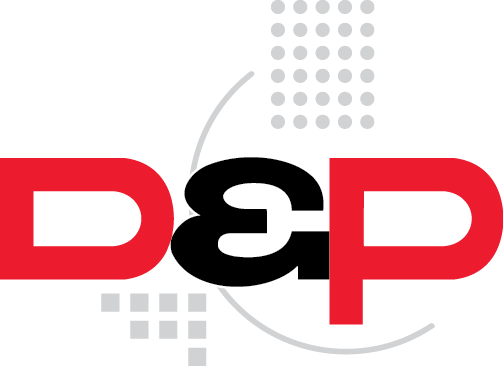D&P supports environmental sustainability through LEED practices. LEED (Leadership in Energy and Environmental Design) is a widely used rating system for green building. The US Green Building Council’s LEED guidelines provide a framework for healthy, efficient, and cost-saving green buildings. LEED certification is a globally recognized symbol of sustainability, achievement, and leadership. A LEED-certified museum building demonstrates an institution’s commitment to a healthier environment. D&P supports LEED projects by practicing environmentally sound manufacturing and purchasing.
D&P’s LEED AP-certified head of purchasing and our project team members are familiar with current LEED guidelines. Using LEED-compliant materials reduces the environmental harm from materials and products purchased, used, installed, and disposed of during the operations and maintenance of buildings. Our centralized purchasing philosophy affords simple tracking of purchases as standard process related not only to the Leadership in Energy and Environmental Design (LEED), but also the Forest Stewardship Council (FSC) requirements and the FSC Chain of Custody (COC). This aids in LEED reporting and policing, while our staff experience, including our LEED AP, contributes to good stewardship of LEED guidelines. In addition, when necessary, the use of experienced outside consultants to direct our exhibit fabrication partners can be used to help achieve a LEED Gold standard.
Our green processes include:
Purchase of locally-manufactured materials that save transportation costs and energy
Use of recycled and long life-span materials for fabrication, reduction of raw material waste
Recycling all plastic, metal, and paper products used in the manufacturing process and in our offices.
Our location in Northern Virginia provides access to a large and diverse vendor base, including both high volume and specialty product distributors and manufacturers. These regional advantages contribute to green goals such as reduced emissions and use of locally extracted and locally manufactured materials. This region also requires use of California Air Resources Board (CARB1) standards for low emitting materials, so our suppliers have established low cost supply chains for these materials.
D&P was committed to constructing sustainable, environmentally friendly exhibits before there was a LEED certification. Over 70 years of building museum exhibits, we long ago learned to work with low-VOC building materials and finishes. Paint and construction materials emit volatile organic compounds (VOC) as gases. High emitting VOCs permeate the air and may damage sensitive museum artifacts. Low-VOC materials contain fewer volatile chemicals and off-gas less than traditional building materials. As makers of archival-quality casework, we only specify low-VOC building materials and finishes.
Our team has executed several projects that have achieved LEED certification or are LEED compliant.
G.W. Bush Presidential Center (Dallas, TX)
National Law Enforcement Museum (Washington, D.C.)
National Museum of African American History and Culture (Washington, DC
National Museum of the US Army (Fort Belvoir, VA)
LEED values benefit communities by improving local environmental conditions. Certified projects emit less carbon, boast higher indoor air quality, consume less energy, and conserve water. D&P’s green-conscious manufacturing practices contribute to healthier buildings. Our team continues to research and innovate around better, more sustainable practices. A healthier world benefits everyone.

